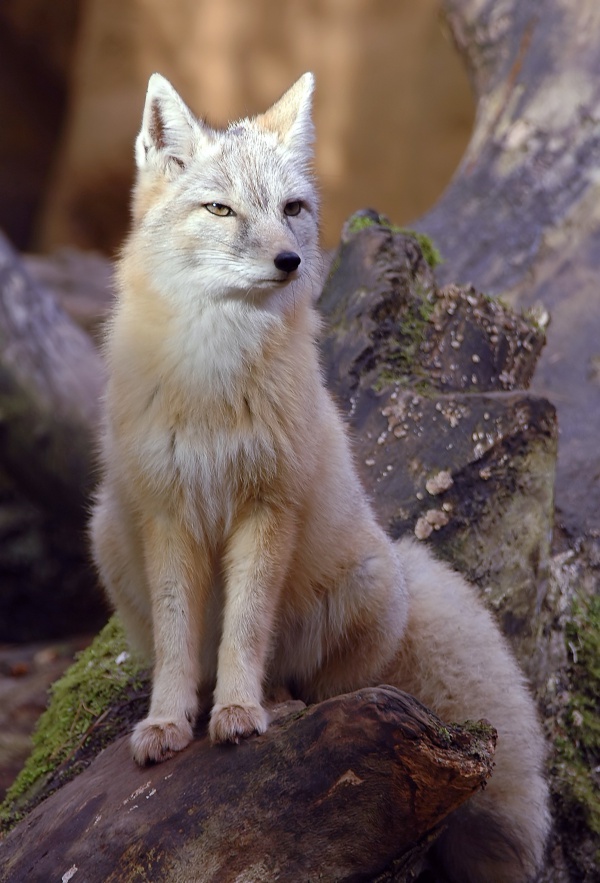Facts About Corsac fox
The Corsac fox, also known as the steppe fox, is a medium-sized fox native to the vast expanses of Central Asia, Mongolia, and northeastern China. Since 2004, the IUCN has classified it as "least concern" although their populations can fluctuate significantly over time. The name "corsac" derives from the Russian word "korsák" which in turn has Turkic origins in the word "karsak."
These foxes have fur that ranges from gray to yellowish, with lighter-colored underparts and distinctive markings around their mouth, chin, and throat. Adapted to arid environments, Corsac foxes require minimal water. Their diet primarily consists of insects and small rodents, though they occasionally prey on larger animals. As nocturnal and nomadic hunters, they do not adhere to a specific territory and sometimes form packs for hunting.
Corsac foxes favor open grassy steppes and semi-deserts, avoiding dense vegetation and snow deeper than about 15 cm. They take refuge in burrows to escape harsh weather and predators, often sharing these shallow dens with their social packs. Although they are adept climbers, they are not particularly fast runners.
Their mating season spans from January to March, during which they form monogamous pairs. After a gestation period of 52 to 60 days, the female typically gives birth to two to six kits. These young foxes reach sexual maturity at around 9 to 10 months old and can live up to 9 years in the wild.
In evolutionary terms, the Corsac fox is closely related to the red fox, swift fox, and Arctic fox, with the Tibetan sand fox being its nearest relative. They face threats such as poaching for their fur and natural disasters, but their population remains generally stable. As of 2008, the Corsac fox is still listed as "least concern" on the IUCN Red List.

 China
China